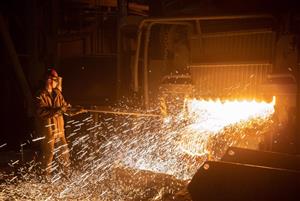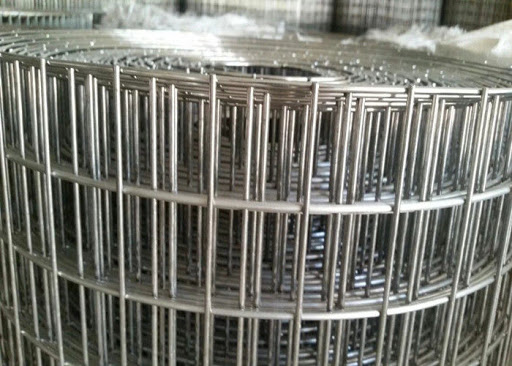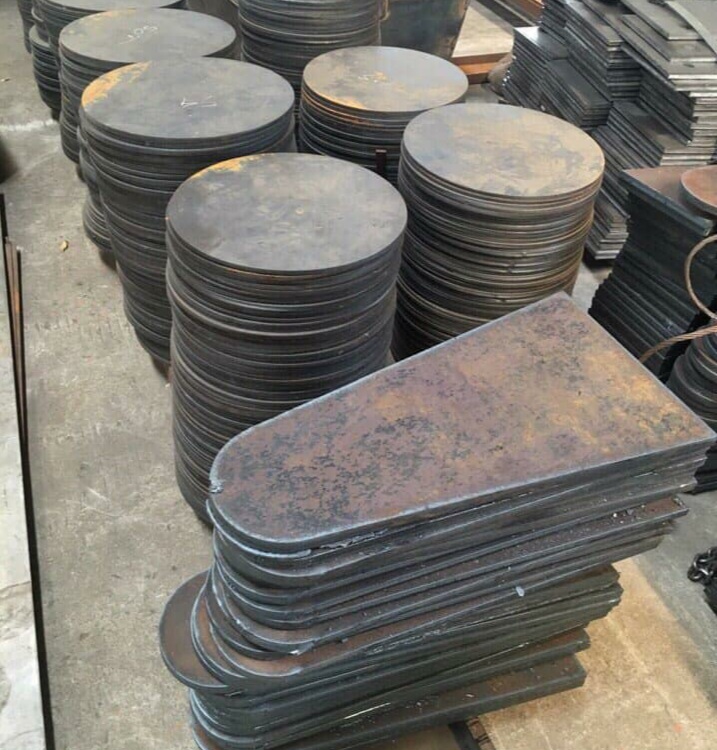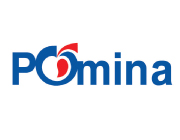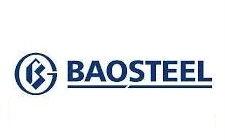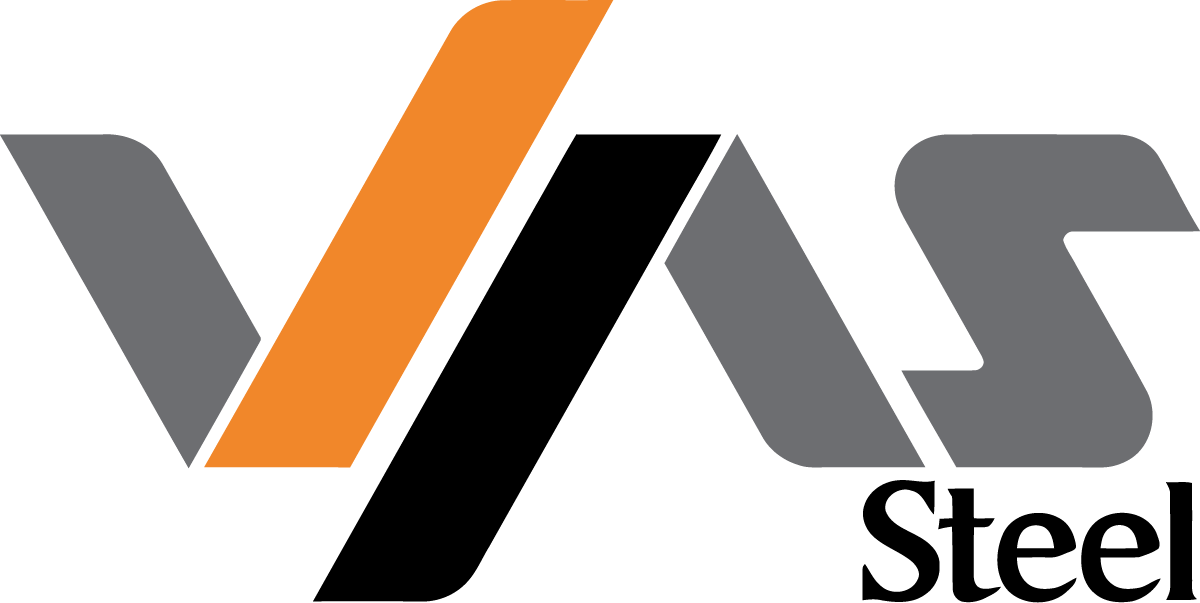Hot rolled steel is processed, pressed, stamped, and shaped while the steel is still hot. Then let it cool to get the finished product.
And cold rolled steel is the opposite. The tempered steel is allowed to cool to room temperature (room temperature). After that, cold steel begins to be processed: pressed, rolled, cut, ...
Hot rolled steel and cold rolled steel will have different properties, make different types of steel and be used in different cases. The above suggestion also helps us to distinguish between hot and cold rolled steel.
CONSTRUCTION STEEL IS COLD ROLLED STEEL OR HOT RILLED STEEL ?
The answer to whether construction steel is hot rolled or cold rolled: It is both because both of these steels are construction steels.
Depending on the purpose of use, design and requirements of the project; Depending on the advantages and disadvantages of each type of steel, people use hot rolled or cold rolled steel to make the appropriate type of steel.
WHAT IS HOT Rolled STEEL?
Hot rolled steel English meaning is hot rolled steel. Hot-rolled steel is steel that is machined to form at high temperatures. The temperature is higher than 926.67 degrees Celsius (higher than the recrystallization temperature of steel).
When the temperature is higher than the threshold of 926.67 degrees Celsius, the steel loses its hardness, becomes softer and more flexible. This is the right time to perform forming machining for steel.
The product is finished when the steel cools to room temperature. However, when cooled the size of the finished steel shrinks and the cold shape may be slightly different from that of hot forming.
Therefore, cold-rolled steel is only used to make sections and plates that do not require high-precision shapes.
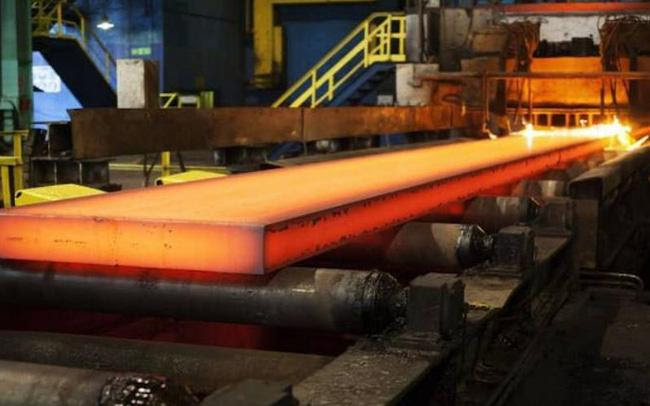
Application of hot rolled steel
Hot rolled steel is often used to make steels that do not need precision and design requirements are too high.
Some common types of hot rolled steel: hot rolled coil, I-shaped steel, C-shaped steel, rails (overseas), rebar, tubular steel, etc. Used in construction works.
Steels made from hot-rolled steel do not require high precision, standard sizes, and shapes. Hot rolled steel is also cheaper than cold rolled steel.
Advantages of hot rolled steel
Easier to process and form than cold rolled steel. Of course, when hot, the steel will be more ductile and easier to work than cold hardened steel.
The cost is cheaper than cold rolled steel. The reason is that when hot, ductile steel is processed, it takes less effort and effort. Does not require machines with too large capacity.
Common steel types are hot rolled steel (I-steel, C-steel, …). These are the types of steel used in the construction of pre-engineered steel buildings.
Disadvantages of hot rolled steel
Dimensions, measurements are not standard and very uniform due to the heating and cooling process when making steel.
The surface is rough, looks bad. Often additional machining (grinding, etc.) is required for surface treatment.
Slight deformation due to cooling.
WHAT IS COLD-ROLLED STEEL?
Cold rolled steel English name is cold rolled steel.
Translated in a foreign language, it is cold rolled steel. The reason for the name cold rolled steel is because it will be the opposite of hot rolled steel – hot rolled steel. Easier to remember. Or because the room temperature in the West is colder than in Vietnam, cold steel is cold steel. Contrast hot rolled steel. Cold rolled steel is machined when the steel is at room temperature. After undergoing smelting, hot steel is not processed immediately, but left to cool. When the steel returns to room temperature, new forming work takes place. Machining on cold steel requires a 20% increase in capacity for planing, milling, turning, etc. The processing stages include turning, grinding, cold spreading, and polishing steel. The cold treatment allows precise shapes to be produced. We use cold rolled steel when customers have many requirements for steel with different shapes.
Advantages of cold rolled steel
High precision due to hand-machined cold-rolled steel. No shrinkage so no deformation.
The surface of cold rolled steel will be smoother and more polished than hot rolled steel.
Straight, uniform and standard cold-rolled steel bar.
Square steel will be more concentric at all sections of the steel bar.
Disadvantages of cold rolled steel
The cost will be much more expensive than hot rolled steel.
Cold-rolled steels will have fewer samples (cold-rolled steels: tubular steel, square-section steel, ..).
During the machining process, the steel may be subject to internal vibrations. This can lead to possible warping. Therefore, cold rolled steel needs to be loosened before processing such as cutting, grinding, welding, etc.
Application of cold rolled steel
Because it is cold worked and is not deformed by shrinkage, cold rolled steel is suitable for steels requiring high precision.

Finished steel products processed after quenching In construction, cold rolled steel is used to make regular round pipes, concentric square or rectangular sections, regular angle steels, irregular angle steels, …. Note, the price of cold rolled steel will be higher than the price of hot rolled steel.
 English
English  Vietnamese
Vietnamese
.jpg)




.jpg)

w300.jpg)
